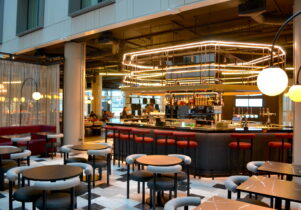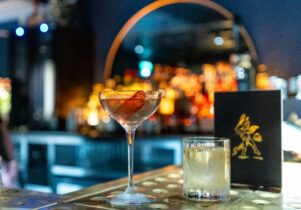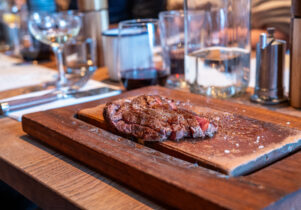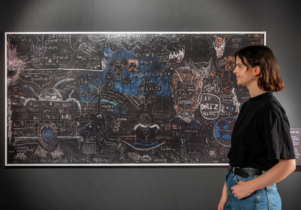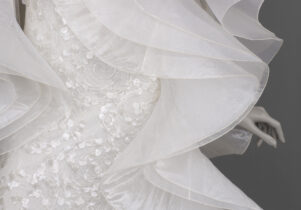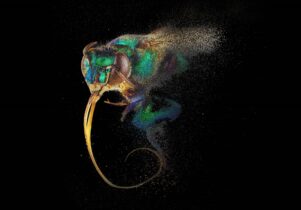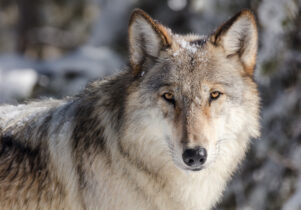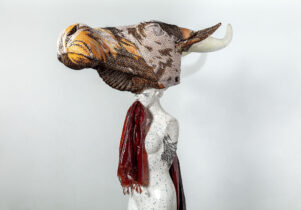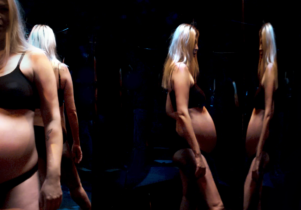Radical Landscapes at Tate Liverpool
Maja Lorkowska, Exhibitions Editor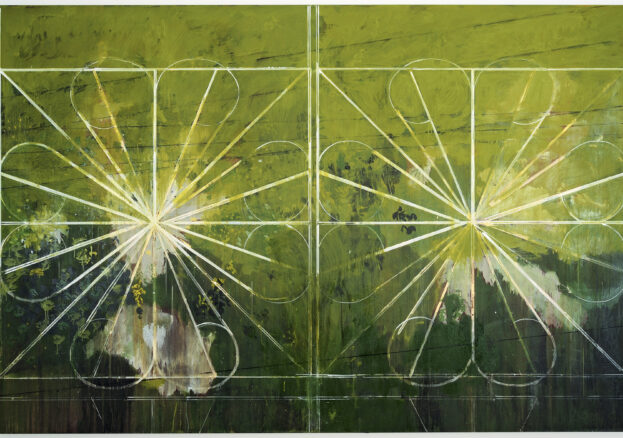
Tate Liverpool‘s brand new temporary exhibition Radical Landscapes delights with a fresh look at the subject of landscape, through the themes of trespass, land use, the climate emergency and mysticism.
Reflecting the diversity of Britain’s landscape and communities, the show features rural spaces as sites of artistic inspiration. Landscape may not seem like the obvious choice of subject matter for the most radical artists, yet Tate’s summer completely challenges the idea of the natural as an outdated topic.
Radical Landscapes includes over 150 works in the form of painting, photography, sculpture, video and others, touching on various concerns from the human impact on the ecosystem and reflections on the climate crisis, to land-related rituals, mysticism and questions about freedom of access to natural spaces. Yet, what most of the works have in common is that the landscape is often a background for the battles being fought within its context – it is people that are the key focus of Radical Landscapes at every turn. It’s a show filled with energy and slogans, reminding us that nature, its state and people’s access to it has always been a human and political issue.
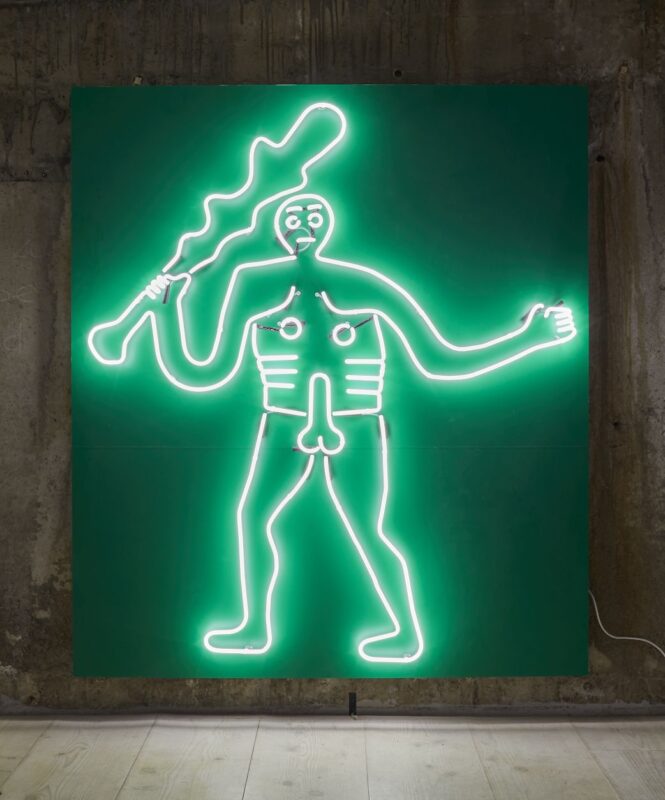
One of the accompanying pieces of wall text in the show mentions “land as apparatus for investigating the structures of power” and this is a wonderful summary of the show. All of the discussions that the exhibition inspires involve power in one way or another, from trespassing as a form of revolt against the upper classes, to female artists revelling in the power of their femininity drawn directly from nature.
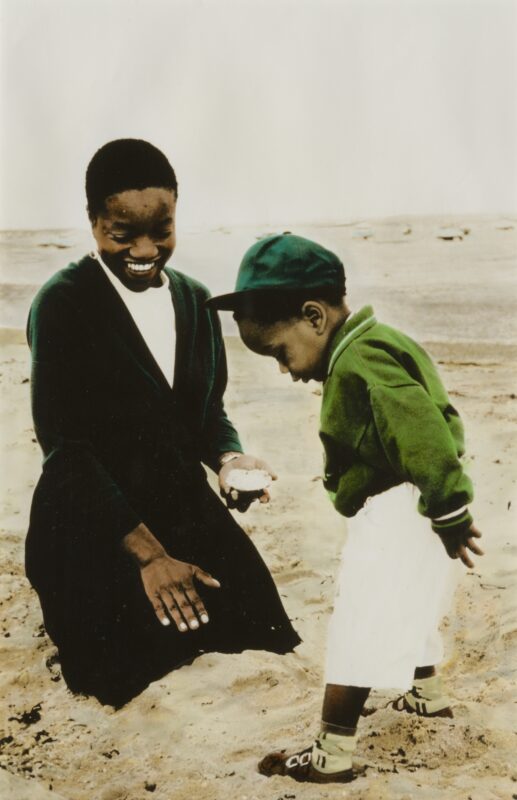
The artworks on display are many and varied, but the size of show means that there is something for everyone. There are works by the superstars of the art world such as Tacita Dean, Jeremy Deller and John Constable, as well as tiny gems by artist and gardener Charles Jones in the form of incredible, monochrome photographs of vegetables. You’ll also find an immersive installation, Back to the Fields (2015-2022) by Ruth Ewan which includes and entire room of plants, seeds and farming tools; and some very touching images in Ingrid Pollard’s series ‘Oceans Apart’ centring the experiences and representation of Black Caribbean subjects with the Atlantic Ocean as a site of arrival and departure.
The exhibition is complemented by a brand new publication, with contributions from environmentalists, writers and campaigners, as well as a public programme of events taking place within the gallery and across Liverpool.



